- Watchmaking technology advanced rapidly over the years and there was a single invention that threatened to completely destroy the mechanical watch industry: The Quartz Crisis. The shift was known as the Quartz Revolution, as it revitalised out-of-business industries in the microelectronics race.
- Opportunities and new markets will be needed to increase the pool of people interested in Swiss watches worldwide. With a $2.5B watch market, China emerges as the largest and fastest-growing importer of Swiss watches, ramping up its purchases by +9.1% per year on average over the past decade.
Watch companies have often been criticised for choosing form over function. It can be argued that this complacency has led to the watch world being taken over by smartwatches, and wearables, which provide a unique user experience to the wearer. Creativity in watch design seems to have taken over creativity in watchmaking. But what implies creative watchmaking these days?
In the world of mechanical watches, preserving tradition and fostering innovation is the norm. The future belongs to the innovators, which is not expected to change for the time being. The only reason the traditional watchmaking industry still survives and even thrives is the historical accumulation of knowledge where each successive stage builds on the ones that came before. Innovation means to strategically leapfrog ahead of the competition – as illustrated by how silicon has gradually made its way into watch movements.
Watchmaking technology advanced rapidly over the years and there was a single invention that threatened to completely destroy the mechanical watch industry: The Quartz Crisis. The shift was known as the Quartz Revolution, as it revitalised out-of-business industries in the microelectronics race. Seiko cornered the market in 1969 with the release of the Astron. It was an innovation by the Japanese watchmaking industry that brought the Swiss industry to its knees. Let us now look at the top innovations emerging from the East with this information.
Titan Edge – India
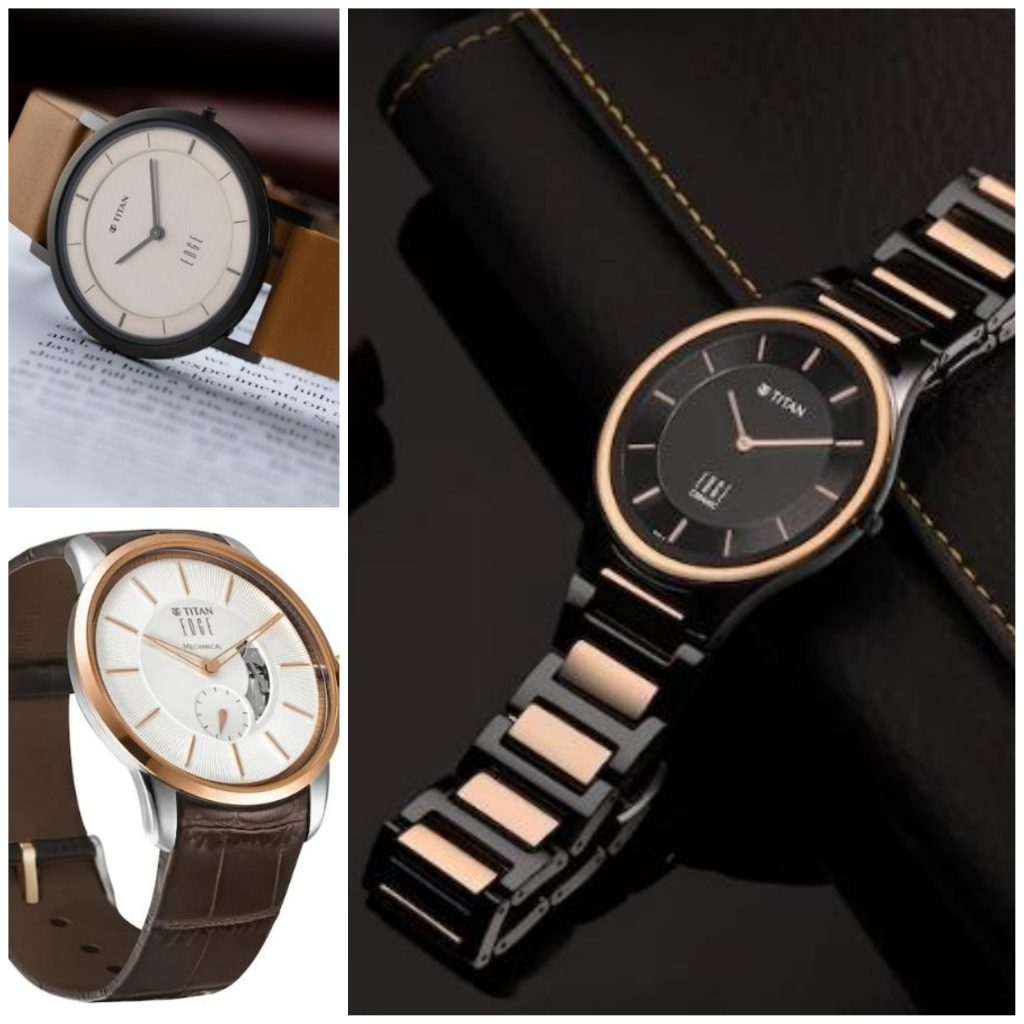
Titan Edge – India: https://www.titan.co.in/shop/collections-edge?cm_sp=headerl2-_-luxurywatches-_-edgeviewall
Titan, the world’s fifth-largest watchmaker, has focussed on taking its design capabilities to a new level. Titan Edge, the company’s ultra-slim offering, introduced in 2002 with a movement of just 1.15mm in thickness and an overall case thickness of 3.5 mm, is one the slimmest watches in the world. Titan Edge ceramic,, which houses the same movement, and is only 4.4 mm thick, is the slimmest ceramic watch in the world. Titan Edge’s movement has been tested and certified by Chronofiable SA, Switzerland, a world-renowned independent horological testing agency.
Titan, further, launch the ‘Edge Mechanical’, the slimmest mechanical watch by an Indian watchmaker. Titan Edge Mechanical is a coming together of Titan Edge’s legacy of slim watches and complexities of mechanical watchmaking. To briefly put the Titan Edge Mechanical watch case’s specifications into context when compared to Swiss watches having the slimmest profiles:
- Bulgari Octo Finissimo measures 6.4 mm with its BVL 138 automatic measuring 2.23 mm in comparison to the 2.20 mm thickness of the Edge Calibre 903 of the Titan Edge Mechanical
- Chopard L.U.C XP with its 3.3 mm thick L.U.C 96.53-L automatic movement measures at 7.2 mm
- Jaeger-LeCoultre Master Ultra Thin Small Seconds with its sub 4mm thick Jaeger-LeCoultre 896/1 automatic movement measures 7.58 mm
I am not here to challenge the legacy of the above legendary brands, but simply on paper, the dimensions of the Titan Edge Mechanical are praiseworthy. Lastly, the Edge Calibre 903, a manual wound movement, is exquisitely crafted and is an ensemble of 106 delicately machined metal parts with 18 jewels.
Ming Watches – Malaysia

Ming Watches – Malaysia: https://ming.watch/collections/special-projects-cave/products/2021-ming-20-09-tourbillon
Co-founded by a respected watch photographer and former creative director at Hasselblad, Ming Thein, Ming Watches announced itself in 2014 with a distinctive case shape and a unique flared lugs design. The company is a collective formed and fully funded by six enthusiasts from around the world under the leadership of Ming Thein, a photographer, designer, business strategist and above all a watch enthusiast. Ming’s idiosyncratic style has carved out enough of a fan base that its limited-edition drops tend to sell out within minutes.
In 2021, the company released the 20.09 Tourbillon, which has HyCeram embedded sapphire and Sapphire crystal hands powered by the Cal. TSE.M1, unique, skeletonised execution of Schwarz Etienne’s flying tourbillon movement. The tourbillion was invented to counter the drag effect that gravity plays on some of the smaller components in a timepiece’s escapement when held in certain positions. Schwarz Etienne’s flying tourbillon movement reverses the movement, so the barrel, micro-rotor, flying tourbillon and timekeeping hands are all visible from the dial side.
What is unique about Ming is that a brand from Asia can blend high horology elements, unique use of materials and radical yet functional design. They do not claim to be what they aren’t, and their honesty and ambition reflect in their overall watch story.
Undone Watches – Hong Kong
Undone is a brand which makes products based on a pop culture-infused horological miscellany. Undone watches virtually allow you to build a watch from scratch using a carefully curated menu of components inspired by iconic designs. For Undone, storytelling forms a necessary component, and they allow their customers to come up with their creative best and seek a balance between accessibility and personalisation. Undone wants the watch to truly speak to its user. Undone makes watches with quartz, automatic and meca-quartz movements. It’scustomisable Basecamp watch lets you customise the dial, hands, straps, add initials and even your photograph on the case back. The watches feature a Japanese automatic movement and are assembled in Hong Kong, which helps keep costs down. Undone has also experimented with a bronze case, giving each watch its unique character due to the patina process.
Zelos – Singapore
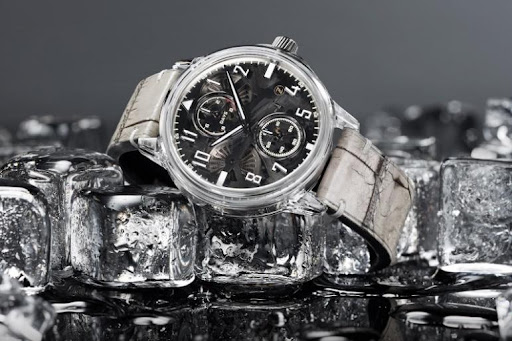
Zelos – Singapore: https://zeloswatches.com/collections/mirage-8-days-skeleton/products/mirage-8-days-sapphire?variant=39352314789977
Zelos, founded by Elshan Tang just six months after graduation in 2014, started with a Kickstarter campaign. The funding for the company’s first three collections was overwhelmingly positive on the crowdfunding platform Today, Zelos Watches has produced more than 20 different models, and its major draw is value. One of the references from its latest collection, the Mirage 2, features a hand-wound movement with an eight-day power reserve from La-Joux Perret housed in an entire sapphire crystal case. Coming back to value, a similar Swiss watch with an Haute Horology movement costs almost ten times more.
Switzerland – Still going strong with Swatch x Bioceramic
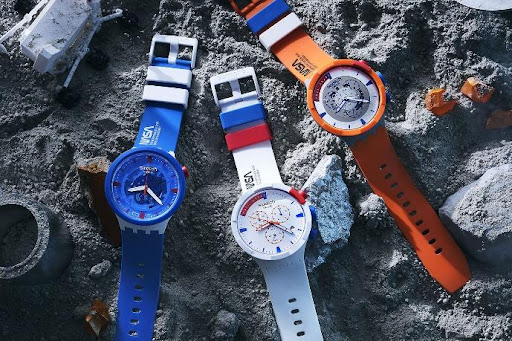
Swatch – Switzerland: https://watchesbysjx.com/2021/06/swatch-space-collection-nasa.html
The Swatch Group was founded in 1983 by a world-renowned watch consultant named Nicholas Hayek. The ETA group, which is the group’s movement arm, find themselves at the tail end of the development of a quartz movement of their own, one that contains only 51 parts instead of the typical 91. They dubbed this piece the “Simple Watch,” or “Swatch” for short, and thus the affordable Swiss watch was born.
Today, Swatch has not stopped innovating, and the “Bioceramic” material is a testament to this. It is made up of two-thirds ceramic and one-third bio-sourced plastic. This combination allows the all-new material to become very resilient and resistant while offering a smooth silk-like experience when worn on the wrist.
In 2020, Swatch launched a line of five watches conceived in collaboration with the American space agency NASA. The Space Collection is inspired by NASA’s colours and spacesuits. The Space Collection models are likely the most affordable NASA-endorsed watches. To put things in perspective, even the top-of-the-line Big Bold Chrono is cheaper than Omega’s NASA Velcro straps, thus staying true to its accessible and functional moniker.
On the marketing front, too, Swatch has shown remarkable foresight with the launch of the MoonSwatch. The last time a watch release generated this much interest worldwide was when Apple released its first watch in 2014. The Omega Speedmaster is a co-branded Omega x Swatch quartz-powered plastic Speedmaster that costs almost 20 times less than the watch it is paying homage to. With this, Swatch stayed true to its moniker of being innovative with the use of Bioceramic and accessible to the masses with its aggressive pricing. A masterstroke for the Swatch group, it will likely get more and more youngsters hooked on watch collecting as a hobby, which might even eventually lead them to buy the Omega Speedmaster.
What’s next for the watchmaking industry?
The watchmaking industry is at the height of innovation today, and there are many positive elements which watch enthusiasts and casual buyers can expect. However, some chinks will have to be ironed out for the watch industry to take on the smart wearables space.
- Creating a strong entry-level segment will be essential to counter the increasing domination of the Apple Watch. With the price point being similar, this segment is vital to turn over casual buyers, who are on the fence, into the watch enthusiast space.
- Distribution channels need to be looked into. Today, there is a rise in commerce sales and direct-to-consumer channels by brands, and this poses a huge challenge to brick-and-mortar watch brand outlets.
- Opportunities and new markets will be needed to increase the pool of people interested in Swiss watches worldwide. With a $2.5B watch market, China emerges as the largest and fastest-growing importer of Swiss watches, ramping up its purchases by +9.1% per year on average over the past decade. Despite the Covid crisis, it increased imports by 31%, while the rest of Switzerland’s trade partners decreased supplies. Switzerland and Japan will have to look at new markets and aggressive marketing strategies to keep the watchmaking industry going.
- High-end watches alone cannot keep the watch industry alive. If needed, collaborations with fashion brands should be explored, and special edition drops and innovative materials and vintage re-interpretations should be considered.
Quartz, high-accuracy quartz, solar-powered quartz, new materials and innovations which make a watch immune to magnetic fields and of course the co-axial escapement – these advancements all make today’s watches, in general, the toughest, most accurate, most convenient to use, and most reliable as ever. An incremental advance is still an advance, and this is evidence that radical innovations better the traditional technologies and methods. After all, how many of these little increments would it take before we have another major revolution?


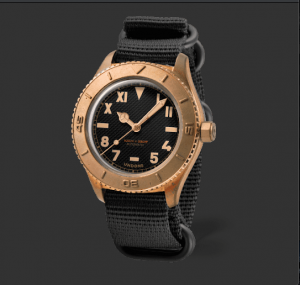
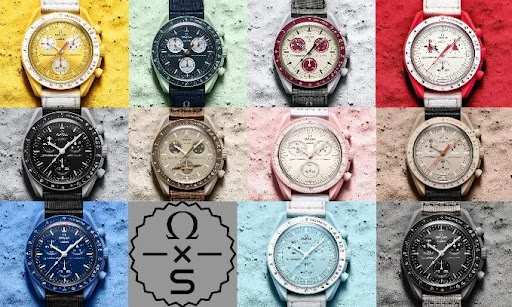




NO COMMENT